Content from the Brookings Institution India Center is now archived. After seven years of an impactful partnership, as of September 11, 2020, Brookings India is now the Centre for Social and Economic Progress, an independent public policy institution based in India.
This article first appeared in the Mint. The views are of the author(s).
There is significant scope to develop a cooperative India-US trade relationship that expands bilateral economic ties. This is something for US President Donald Trump and Indian Prime Minister Narendra Modi to keep in mind when they meet in a few days from now. Making progress on trade, however, will not be easy.
The key will be for both countries to aim big, but realize that the way forward is through taking smaller steps, reaping low-hanging fruits and creating the synergy for much larger gains a few years down the road. Such an approach is a pragmatic response to the challenges of making significant progress on trade, an area in which Trump’s primary focus is demonstrating improved market access for US exporters. This approach will reduce the focus on more politically contentious issues, such as India’s demands for improved access to the US market for its workers, or US interests in seeing major decreases in India’s tariffs across the board.
Key US concerns with India’s trade environment include the bilateral deficit and, by extension, trade barriers such as tariffs on goods and enforcement of intellectual property rights. In addition to a desire for access to more H-1B visas, New Delhi is concerned with the inward orientation of the US under Trump. India will focus on the US, absolving itself of any responsibility to make requisite policy changes—which Washington believes rests on the shoulders of other nations. To effectively engage in mutually beneficial talks, the US needs to recognize and address India’s concerns about American trade policy.
For its part, India could address a number of US concerns by extending the application of good governance principles—including timely and transparent decision-making—being implemented in a bid to improve India’s ranking in the global ease of doing business index. Likewise, it would help if the US aims to better the standards and technical barriers it applies to Indian exports in precisely the manner it demands of India’s similar practices.
An important element to successful progress on trade is to ensure that each side operates on more comprehensive knowledge and a greater appreciation of prevailing situations and trends. For instance, India is instituting substantial reforms in both non-tariff measures and investment regimes. It is also important to note that conventional data considerably overestimates India’s applied tariffs. For instance, while the World Trade Organization (WTO) estimate for average applied most-favoured nation (MFN) tariffs for India is above 13%, a forthcoming paper from Brookings India shows that the weighted average MFN tariff for India is less than 4%.
More specifically, the US needs to keep eight aspects in mind when discussing trade policy issues with India.
One, India is reforming and simplifying its policy regime, particularly its inside-the-border trade measures.
Two, India’s tariff regime on average is less restrictive than commonly presumed.
Three, the issue thus is not to have a general focus on trade policy, but to identify and direct efforts at particular items with high tariffs, or those non-tariff measures that are not yet subject to reform.
Four, the demand from India’s growing middle class is slated to become the second-largest in the world within 10 years. This increase would create significant opportunity for US trade and employment. An example is the estimated 104,000 US jobs created by a recent order of Boeing aircraft from an Indian private airline. According to McKinsey, a $1.1 trillion capital investment in India’s cities is necessary to meet projected demand for urban services.
Five, India’s concerns regarding US trade policies will need to be addressed to improve the possibility of mutually beneficial access to India’s markets.
Six, to get better access to this growing demand, a larger focus has to be on regulatory coherence and cooperation, standards, policies and cooperation pertaining to emerging technologies such as digital, and conditions affecting investment.
Seven, many of these areas, as well as certain tariff peaks in the US and India, are of interest to each side—they provide the possibility of getting quicker results in a mutually acceptable manner.
Eight, this progress may be aimed at methods that range from soft legal results (guidelines, understandings, agreed mechanisms to support small and medium enterprises in both economies) to hard law (tariff decreases in key products of interest to each nation). This could be facilitated by agreeing on innovative methods that combine flexibilities with discipline and provide relief in times of import surges, a concern reflected in both countries. This would be needed more for results embodying hard law, rather than soft law.
While they discuss the possibility of an early harvest in trade areas, India and the US could show significant results by establishing a common platform to address specific concerns in areas that require administrative solutions or better information flows between the two. Focusing on possible solutions that are more within reach, while continuing efforts to address the major concerns, is more likely to create better opportunities and more win-win situations for both India and the US. The time to begin that is now, when leaders of the two countries meet later this month.
The Brookings Institution is committed to quality, independence, and impact.
We are supported by a diverse array of funders. In line with our values and policies, each Brookings publication represents the sole views of its author(s).

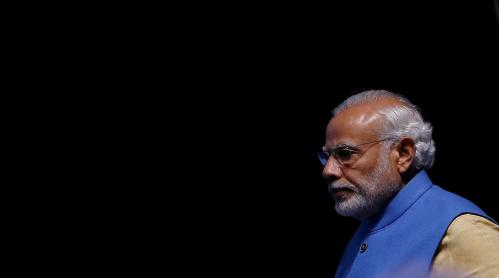
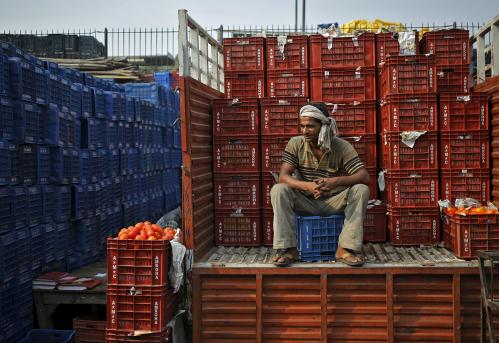
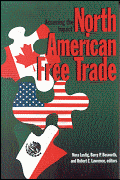
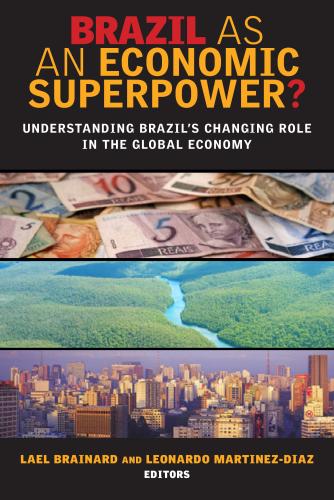
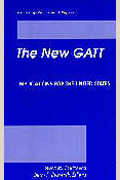





Commentary
Op-edRealizing the India-US trade potential
June 23, 2017